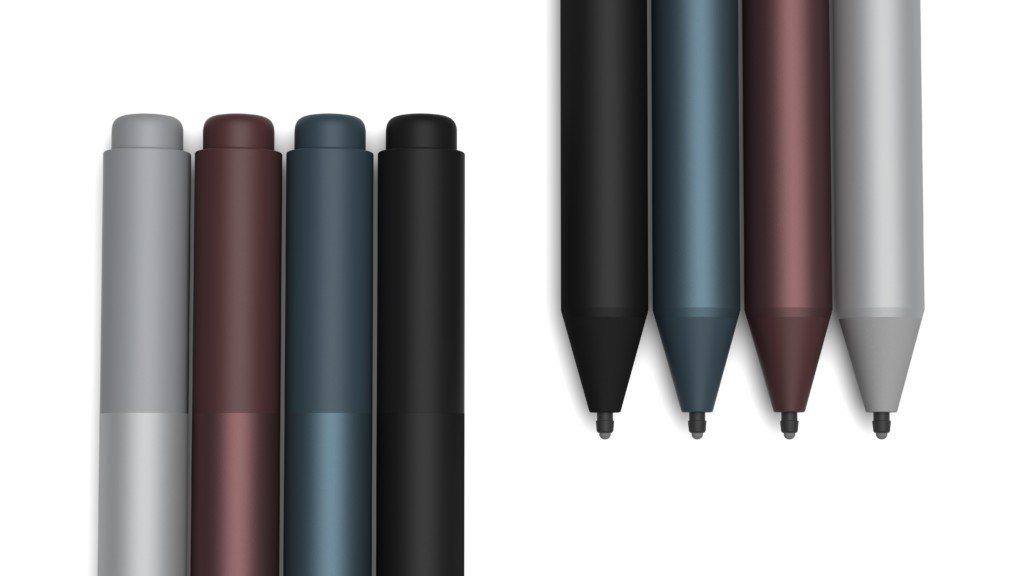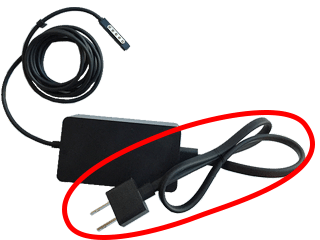30 Days with Surface Pro: Day 27
Xbox is woven throughout Windows 8 and the Surface Pro. For Day 27 of the 30 Days with Surface Pro series, I am going to look more closely at what the Xbox elements bring to the table, and how it enhances the Surface Pro experience.
When I hear “Xbox”, the first thing that comes to mind is the gaming console. But, Microsoft has co-opted the Xbox brand and applied it to all things entertainment. As time goes on, the “gaming console” has evolved into an entertainment hub–moving beyond Halo and Madden Football to provide a wide range of music, movies, and other entertainment. Microsoft is expected to introduce the next generation Xbox console in the coming months, and there are rumors that Microsoft may go head-to-head with Netflix, HBO, and others by resurrecting the popular show Heroes and offering original content as well.
As the Xbox gaming console has evolved, though, so has the Xbox brand in general. Nowhere is that more apparent than Windows 8, where the Xbox brand seems to pop up throughout virtually every aspect of the OS. The Video, Music, and Games apps in Windows 8 all tie in to the Xbox experience: Video is “xbox video”, Music is “xbox music”, and Games is “xbox games” when I actually open the apps.
Xbox games syncs up with my Xbox Live account. I can track my points, change my avatar, edit my profile, and view my achievements. I can also see my Xbox Live friends, and whether or not they’re currently online from within the Games app. The Game Activity section shows all of the recently played games spanning Windows 8, and the Xbox 360 console. Each game actually says next to it which platform it was played on. There are plenty of games available to purchase in the Windows Store, and the Surface Pro holds its own as a gaming PC.
As long as I’m signed in to my Microsoft account, I can stream music for free, and I can use the Smart DJ function to play related music similar to the way Pandora or the iTunes Genius features work. There’s a My Music section that gives me access to my local music library, and I can search and purchase new music through the Music app as well. Microsoft offers an Xbox Music Pass service for $10 per month, or $100 per year that essentially gives me unlimited access to the entire library of music available from Xbox commercial free. The Xbox Music Pass subscription also enables me to download songs for offline play rather than just streaming them. I’m OK with what I get for free, though, with Xbox Music, so I don’t plan on spending the money on the service.
 Xbox Video has a wide range of movies and TV shows available to watch or buy. One weird thing I’m not a fan of, though, is that the “prices” are given in Xbox Points. So, for example, The Hobbit costs 1600 points to buy in HD, and 1360 points to buy in standard definition.
Xbox Video has a wide range of movies and TV shows available to watch or buy. One weird thing I’m not a fan of, though, is that the “prices” are given in Xbox Points. So, for example, The Hobbit costs 1600 points to buy in HD, and 1360 points to buy in standard definition.
The down side to pricing things in Xbox Points is that I have no idea what the conversion rate is for Xbox Points to dollars, so I can’t say for sure whether 1600 points is the equivalent of $2, $10, $50, or anything in between. It costs $20 to buy 1600 Xbox Points from Amazon, so I guess the answer is $20. Not only is it dumb that I have to do conversion math to figure out how much something costs from Microsoft, but it adds an extra step because I have to first purchase Microsoft Points so I have them in my account to spend.
For comparison sake, I can buy the HD version of The Hobbit from iTunes for $15, or rent it for only $5. With Xbox Video, my only choice seems to be to buy it for $20 (or the non-HD version for $17-ish). I’d probably go with iTunes purely because I’d prefer to just rent the movie rather than own it for four times more money. But, in Microsoft’s defense the $5 price difference between buying the HD version from iTunes or Xbox also includes Xbox Smartglass integration that isn’t part of the iTunes movie.
Which brings me to Xbox Smartglass. Xbox Smartglass is an app that connects to and works with an Xbox 360 console. It lets me control and interact with the Xbox console–much more fluid and intuitive to swipe and tap on the Surface Pro rather than navigating around using an Xbox game controller. Xbox Smartglass also provides a second-screen extension for games and movies that are designed to take advantage of it–like The Hobbit. So, with the XBox Smartglass version of The Hobbit, the app delivers a richer viewing experience with additional information, trivia, and facts about what’s going on in the movie–in real time as I watch it.
Overall, I like the evolution of the Xbox brand from gaming console to entertainment hub, and I like the extension of the Xbox ecosystem beyond the console to Windows 8, Windows Phone smartphones, and even to iOS and Android devices. Microsoft could do a better job presenting the Xbox experience as a unified whole rather than tossing snippets here and there. I think it would earn more credibility for the Xbox brand, and drive more users to embrace it if they understood the big picture better.
There’s nothing about the Xbox integration in Windows 8 on the Surface Pro that’s revolutionary. I can get similar features and apps on other devices and platforms as well. Ultimately, though, I like what Microsoft has done, and I do think that the Xbox integration in Windows 8 adds value for the Surface Pro.
Day 26: Gaming on the Surface Pro
Day 28: My five biggest Surface Pro complaints
- AI Voice Clones and Mobile Phishing: The Cyber Threats You’re Not Ready For - July 11, 2025
- Rethinking Cloud Security for the Evolving Threat Landscape - July 11, 2025
- Why Data Security Is the Real AI Risk - June 30, 2025



